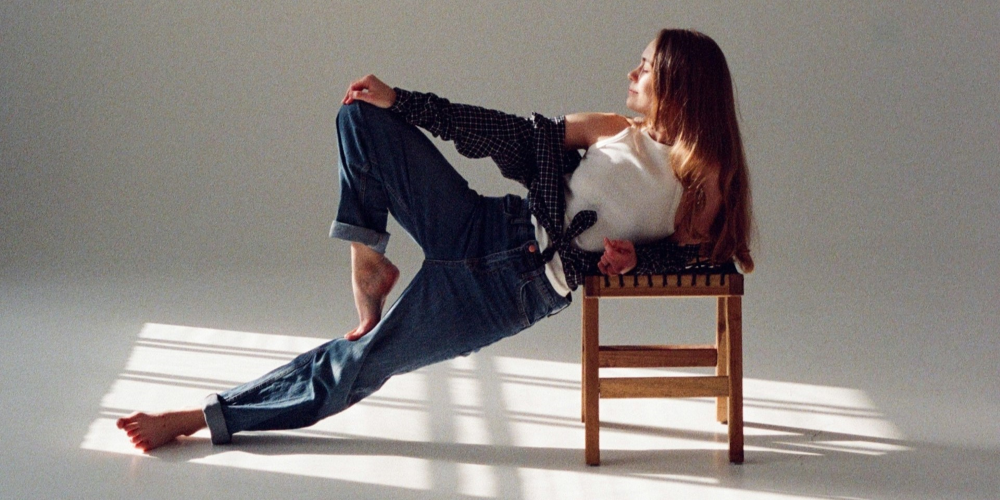Exploring the Decline in Popularity of Dance Films: Factors and Trends Impacting the Genre

In recent years, the once-thriving genre of dance films has experienced a noticeable decline in popularity and box office success. While iconic dance movies like “Dirty Dancing” and “Step Up” once captivated audiences and inspired generations of dancers, newer releases in the genre have struggled to replicate the same level of success. So what factors have contributed to the dwindling popularity of dance films in recent years? Let’s explore some of the key trends and influences shaping the fate of this beloved genre.
Changing Audience Preferences
One of the primary factors contributing to the decline in popularity of dance films is shifting audience preferences and tastes. As entertainment options have expanded with the rise of streaming services and digital platforms, audiences have become increasingly selective about the movies they choose to watch. While dance films once held mass appeal and attracted audiences of all ages, newer releases have struggled to capture the same level of excitement and enthusiasm from viewers.
Moreover, younger audiences, who were once a key demographic for dance films, have gravitated towards other genres and forms of entertainment, such as superhero movies, action-packed thrillers, and animated films. As a result, dance films have faced stiff competition at the box office and have struggled to attract mainstream audiences in recent years.
Lack of Originality and Innovation
Another contributing factor to the decline in popularity of dance films is a perceived lack of originality and innovation in recent releases. While classic dance movies like “Footloose” and “Flashdance” broke new ground with their fresh and innovative approach to storytelling and choreography, newer releases have often struggled to offer anything truly groundbreaking or memorable.
Many recent dance films have relied on tired clichés and formulaic plots, recycling familiar tropes and storylines without adding anything new or exciting to the genre. As a result, audiences have grown increasingly disillusioned with dance films, viewing them as predictable and uninspired compared to other genres that offer more innovative and thought-provoking storytelling.
Oversaturation of the Market
In addition to a lack of originality, the dance film genre has also suffered from oversaturation of the market in recent years. With studios churning out sequels, spin-offs, and copycat films in an attempt to capitalize on the success of previous hits, audiences have been inundated with a glut of mediocre and forgettable dance movies.
Moreover, the proliferation of dance-themed reality TV shows and competition series has further diluted the appeal of dance films, with audiences able to get their fix of dance entertainment on the small screen without the need to go to the movies. As a result, the market for dance films has become oversaturated, making it increasingly challenging for individual releases to stand out and attract attention from audiences.
Shift in Cultural Trends
Lastly, the decline in popularity of dance films may also be attributed to broader shifts in cultural trends and attitudes towards dance and entertainment. While dance has always been a popular form of expression and artistic expression, its prominence in mainstream media and popular culture has fluctuated over time.
In recent years, other forms of entertainment, such as music festivals, social media platforms, and viral dance challenges, have emerged as dominant forces in the cultural landscape, eclipsing the appeal of traditional dance films for many audiences. As a result, the once-thriving genre of dance films has struggled to retain its relevance and relevance in a rapidly changing entertainment landscape.
Dance Films Have Hope for a Revival
In conclusion, the decline in popularity of dance films in recent years can be attributed to a variety of factors, including changing audience preferences, a lack of originality and innovation, oversaturation of the market, and broader shifts in cultural trends and attitudes towards dance and entertainment. While dance films once held mass appeal and captivated audiences with their infectious energy and vibrant choreography, newer releases have struggled to recapture the same magic and excitement that made the genre so beloved.
However, despite the challenges facing the genre, there is still hope for a revival of dance films in the future. By embracing new storytelling techniques, incorporating fresh perspectives, and pushing the boundaries of choreography and cinematography, filmmakers have the opportunity to breathe new life into the genre and reignite audience interest in dance movies. With the right combination of creativity, innovation, and passion, dance films can once again captivate audiences and inspire generations of dancers for years to come.

